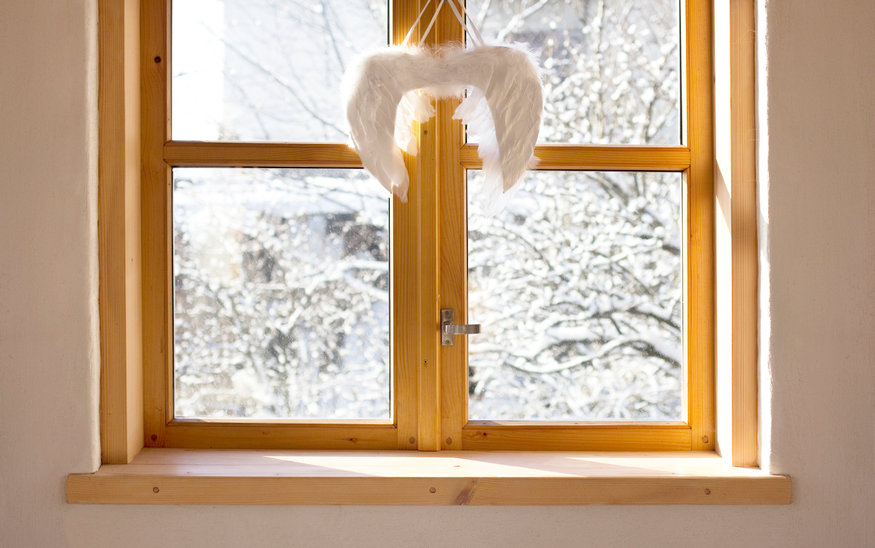Install Panels
They are one of the most excellent and decent options when it comes to window insulation.

Insulation Film
A film is quite vital in the insulation process as it acts as a shield between your windows and inside areas of your house. It inhibits or bars the cold from entering into the interior of your home hence alleviating any possibility of excessive cold and an overstrained heater altogether. A heater can usually function beyond its optimal levels to compensate for the cold hence making the insulation film a very essential component as a perfect insulation tool against cold weather. The film is normally included in the kit and it has heated properly to straighten it and subsequently attached to the window with tape or some other kind of fitting adhesive material with a high degree of permanency.
Weather Strips
They are cheap and they come in several variations. They entail foam strips, compression strips and v-type strips. All these types of strips entail different longevity and they are used to seal the windows and the doors. Compression strips are the most durable whereas the v-type weatherstrips are the most ideal in the instances where the insulation is to be made on the side of the given window. Finally, foam strips are famed for their effectiveness because of their adhesiveness, which renders them quite easy to install. However, they have been questioned due to their short life. There is therefore a hanging cloud of the doubt when it comes to the foam strips as they might necessitate frequent replacement due to their limited life hence compromised efficiency.
Thermal Curtains
They have been deemed to be one of the recent, modern and contemporary ways of insulating windows. They cover the window in its entirety and they have a bespoke lining that is exceedingly effective against cold weather. Their only shortcoming is that they hinder the natural light from penetrating into the house seamlessly. However, this is normally remedied with the use of a curtain rod hence ensuring that the curtains can be tied on the side during the day. They operate in a unique way through the restricted flow of air hence enclosing and retaining the hot air in the house without any leaks or loopholes.
Bubble Wrap
Many do not prefer this but no one can ever deny that it is an affordable and practical way of insulating a window especially when you are operating within the confines of a strained budget. For better functionality, it is prudent to ensure that you choose the bubble wrap with the biggest bubbles. This DIY task is often completed within minutes by simply spraying some water on the window surface where the bubble wrap is then attached on the side with the bubbles. It is also vital to seal the edges with some tape for optimum sealing to be attained.
The aforementioned are the best ways of sealing your house from cold air during the winter or any other season of infrequent cold weather. This article has amply demonstrated the several ways in which the windows can be insulated to ensure that there is constant warmth and that the windows are not susceptible or prone to breezy weather. You, therefore, stand to be properly guided but you should not hesitate from liaising with some experts or professionals in case your need any elucidation or clarification on the same before embarking on this task.
